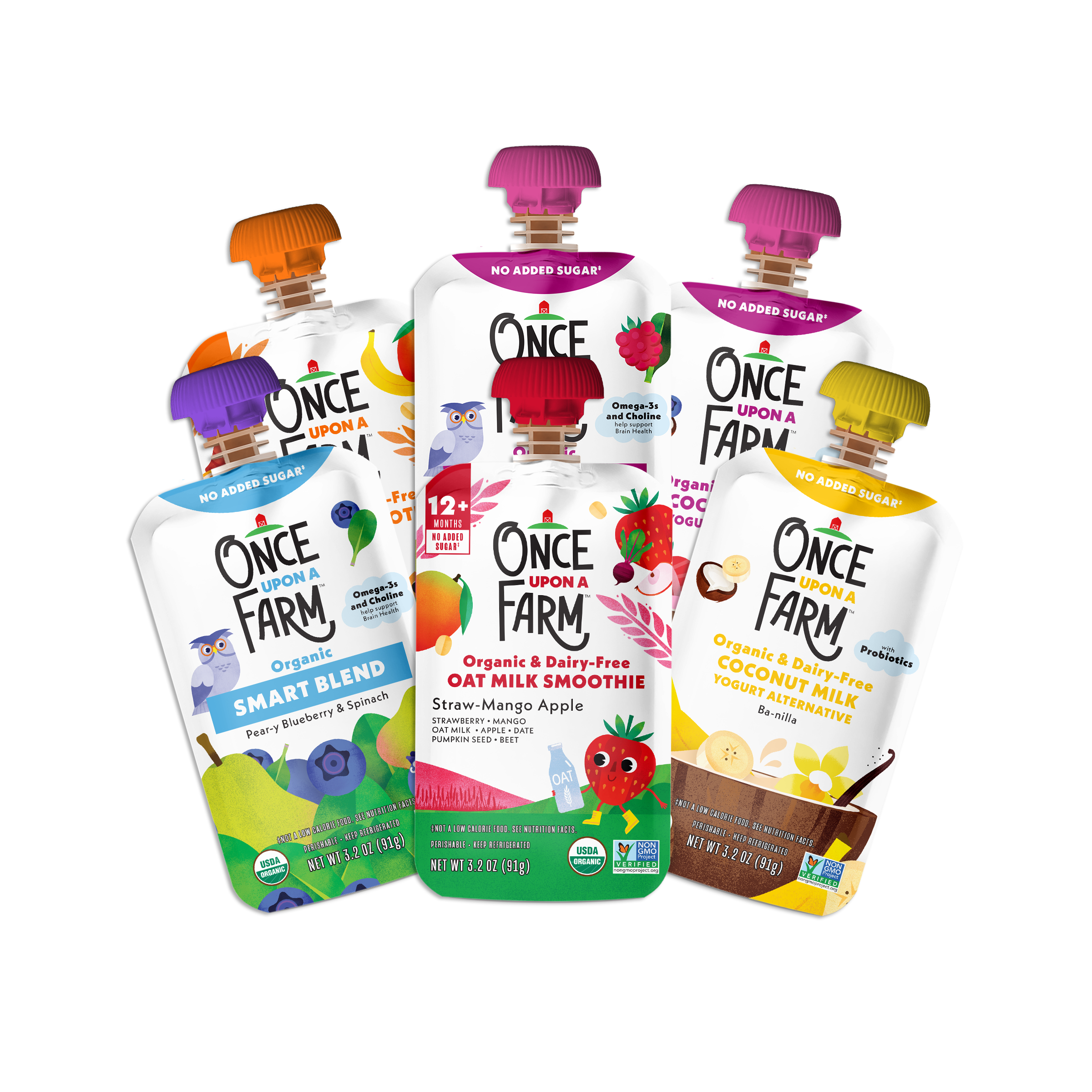We all dream of a good night’s sleep for our kids (and ourselves). And while there’s no single secret to snoozing success (sorry!), there are many things we can do during the day—from wakeup through bedtime—to help our kiddos achieve those quality Z’s.
We spoke with sleep expert Rachael Shepard-Ohta of Hey, Sleepy Baby for some tried-and-true advice on daytime habits that parents can instill to promote better sleep for our little ones.
Creating a Routine
“Routines or rhythms to our days are what we should strive for as parents,” Shepard-Ohta says, “not strict schedules!” So, more important than the timing of your daily activities is the order in which you do them. Remember, kids thrive on stability and consistency. What you do want to schedule with some precision is sleep: wakeup, naps, and bedtime. Note: Nap times may vary as you’ll be following your kiddo’s sleep cues.
Let's Talk About Naps
From birth through toddler-hood, naps are oh-so-necessary. As Shepard-Ohta says, “Naps are the body’s way of relieving sleep pressure.” It will come as no surprise to the parents reading this, but a child who is overtired can become wired, fussy, and irritable. For babies, “naps can impact nighttime sleep because when babies are chronically overtired it can lead to a more difficult time falling asleep and staying asleep.” However, she notes, “The opposite is also true: too much daytime sleep can negatively impact nights as well.” Let’s look at the numbers, as provided by Shepard-Ohta:
- The average newborn needs between 14–17 hours of sleep a day
- Infants need 12–15 hours of sleep a day
- Toddlers need 11–14 hours of sleep a day
- By childhood (ages 3–5), you’ll see the nap get dropped and all sleep consolidated to overnight—about 10–12 hours of sleep
These are just averages, but a good starting point. “Think of total sleep per 24 hours as a bank,” Shepard-Ohta tells us. “We don’t want to dip into the whole bank account during the day or there will be nothing left overnight!”
All Tuckered Out
“Our kids need tons of sensory input during the day to calm their nervous systems and to make sure they are ready for sleep,” Shepard-Ohta says. So, lots of open-ended play and time outdoors. If your kiddo still seems wired at bedtime, a little more play may be required. What Rachael calls “rough and tumble play”—think pre-bedtime obstacle course with running, jumping, crawling. “This type of activity burns off the last bits of stored energy, but more importantly it provides a concentrated burst of proprioceptive input!” This means they’re employing their sense of self-movement. It’s also a great excuse for extra together-time!
After the excitement, don’t forget the wind down AKA the calming steps of your bedtime routine (e.g., bath, massage, sound machine, books). “Providing at least 10-20 minutes of this ‘wind down’ time is essential to help kids fall asleep more easily,” Shepard-Ohta reminds us.
Eat Well, Sleep Well
Nutrition impacts sleep in many ways. Firstly, as Shepard-Ohta points out, no one sleeps well on an empty stomach. “We do want to make sure we are offering our child a varied diet (or enough breastmilk/ formula) during the day so that they can go to bed feeling full and satisfied.” Additionally, certain foods can help support sleep, while others (like overly processed, caffeinated, or sugary foods and drinks) can hinder it.
The best dinnertime foods for promoting sleep are packed with macronutrients with enough complex carbohydrates to keep your little one full, an animal or vegetarian protein source, and a fat source. This combo will help set them up for a successful night’s sleep.
Night, Night
When it comes to bedtime, creating a space free of distractions is key. Shepard-Ohta has some ideas:
- Try blackout blinds or curtains
- Use a white or pink noise machine
- Dress your kiddo in comfortable, breathable materials
Then, follow a routine. “A routine helps cue your child’s brain that it’s time for sleep, but it doesn’t have to be super complicated!” she says. Again, just be consistent with the order of things as this will help your little one learn that sleep is coming.
Hurdles and Hiccups
Regressions or “blips” are going to happen for all kinds of reasons, including just because. “If you can’t figure out the why,” Shepard-Ohta says, “just go back to being with your child. Being present and offering extra connection, especially around bedtime, can work wonders.” If your child has nap regressions at daycare or preschool talk with the teacher and team up to tackle the issue in tandem. “Whatever they do at school, see if you can practice doing those things in your home too, like on the weekends or non-school days.” As with all things parenting, consistency is your friend.
Oh, and try to sleep well yourself, if you can. Being well-rested will help you bring your A-game to their Z’s game.





















